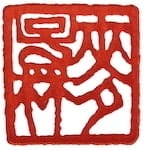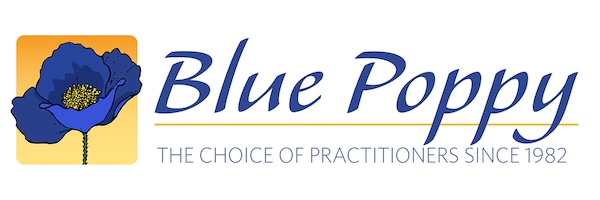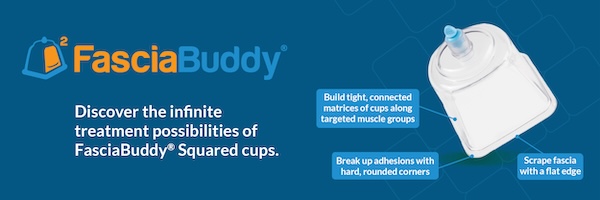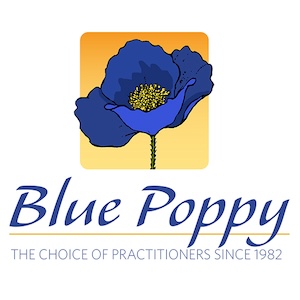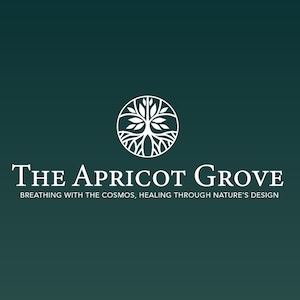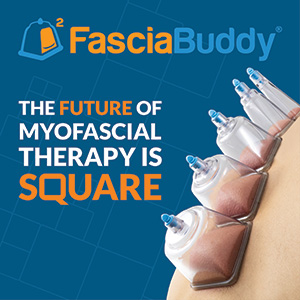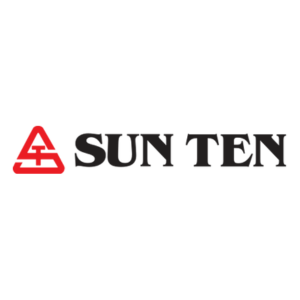Leaves on a plant curl and turn yellow when the soil is not right. The health of a cat is reflected in the texture of its fur and clearity in the eyes. Likewise with people we can discern states of wellness or illness by attending to those parts of the body that are the first to show the signs of change. And so over the centuries we’ve learned to trust the reflections we see from the pulse, abdomen, tongue and if you’re sensitive enough, the qi itself.
In this conversation with Thomas Sorensen we explore abdominal and pulse patterns from the Japanese acupuncture perspective and investigate how they are reliable markers for finding patterns of disharmony that help both with diagnosis and tracking the efficacy of our treatment. And beyond that, how the Saam organ pairings show up as reflections of excess and deficiency on the abdomen and in the pulse.
Listen into the discussion of hands on medicine, as we traverse the terrain of Japanese and Saam acupuncture.
In This Conversation We Discuss:
- The quick painful treatment that completely got rid of nagging knee pain
- Making practical use of the classics with Iketa’s book
- How to think and practice based on the Nan Jing
- Saam is using the Five Phases to act on the Six Qi
- Using Venn diagrams to see where different methods connect.
- Using the abdomen to diagnose also shows the Saam organ pairings
- Investigating palpation as described in the Nan Jing
- Excess is found above the navel and deficiency around the navel
- The difference in perspective between Daoists and Buddhists when it comes to medicine and practice
- The difference between Kidney fluids and Kidney yang
- When considering pulse positions, you can see the mingmen as being the Pericardium and San Jiao
- The mingmen connects the five phases with the six qi
- Consider that the pericardium, like the San Jiao is an organ that has a function but no form
- Using a teishin to treat
Stick to principles and keep your hands warm
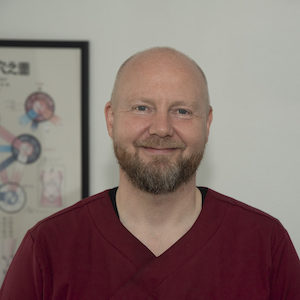 I was introduced to acupuncture in 1996 while undertaking studies in Korean language and culture in Seoul, South Korea. One acupuncture treatment with a few needles on the opposite leg of the knee that I had injured during martial arts practice took away my knee pain instantly and completely. This experience changed my life around – from the first needle I had a new destination. I had to learn acupuncture.
I was introduced to acupuncture in 1996 while undertaking studies in Korean language and culture in Seoul, South Korea. One acupuncture treatment with a few needles on the opposite leg of the knee that I had injured during martial arts practice took away my knee pain instantly and completely. This experience changed my life around – from the first needle I had a new destination. I had to learn acupuncture.
After returning to Copenhagen, Denmark, from Korea, I started studying TCM. I went into private practice immediately after graduating, but didn’t find the TCM style of acupuncture a good match for me so I started looking at different styles of acupuncture and Japanese Meridian Therapy showed up on my radar. I was very fortunate to be accepted as a student of Ikeda Masakazu Sensei. He instilled in me a deep respect for the classics and showed me how to think in terms of basic principles and how to be pragmatic about them. I really owe him my practice.
Now I practice acupuncture based on Meridian Therapy diagnostic- and needling techniques, guided by the classics and incorporating the very powerful protocols of Korean Sa Am acupuncture. …and after 17 years of practice I am still having fun in the clinic every day.
Links and Resources
Correction: in the podcast Thomas mentioned Nan Jing chapters 14 and 75 as being related to abdominal palpation, that was incorrect.
The chapters in the Nan Jing regarding abdominal palpation are: 16, 18, 48, 55, and 56.
The Practice of Japanese Acupuncture and Moxibustion: Classic Principles in Action, by Ikeda Masakzu is the book that lead Thomas to Japanese Meridian Therapy.
